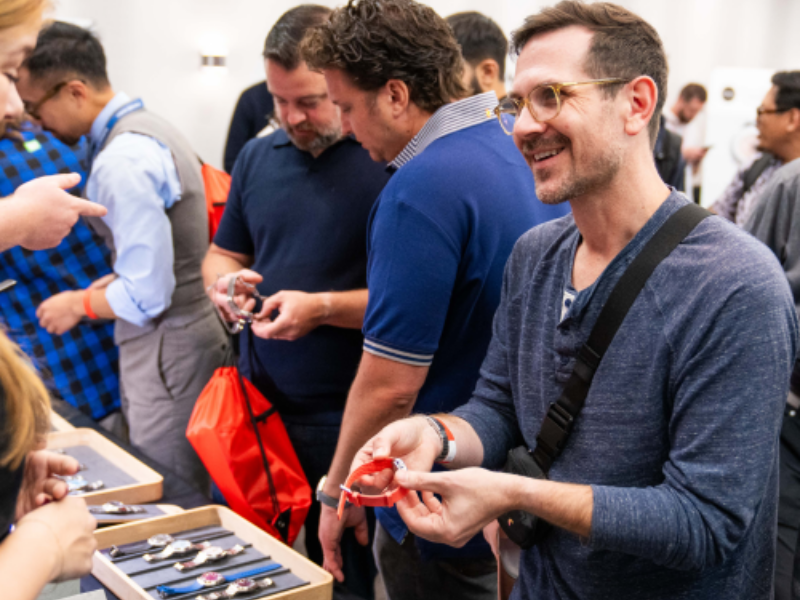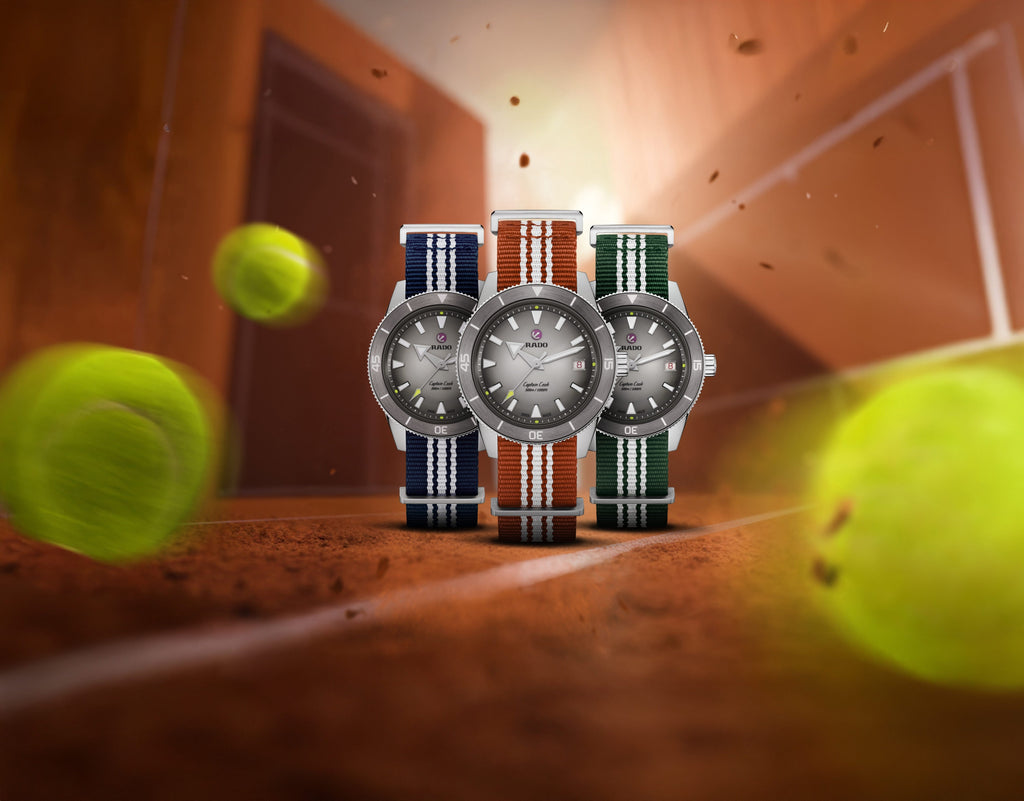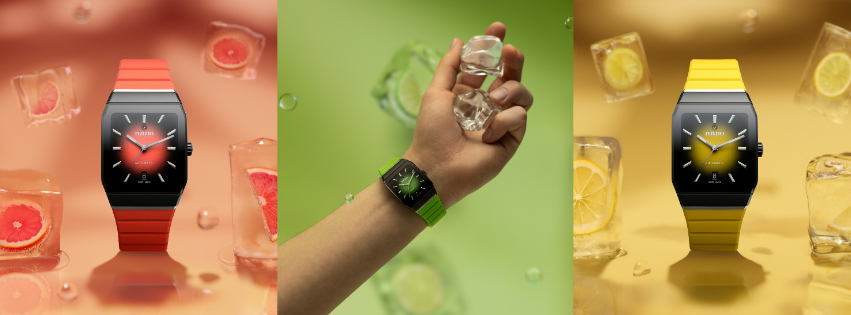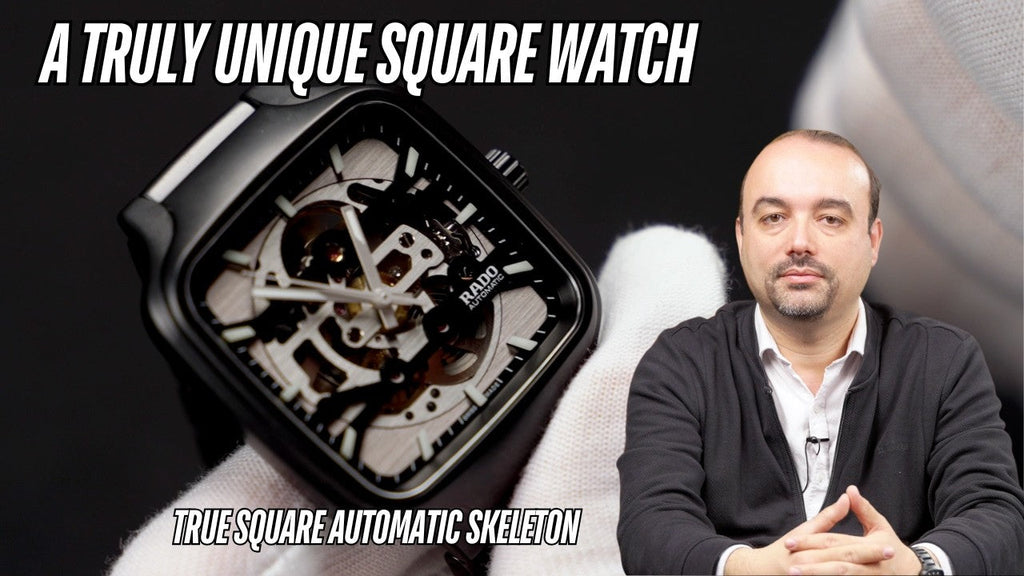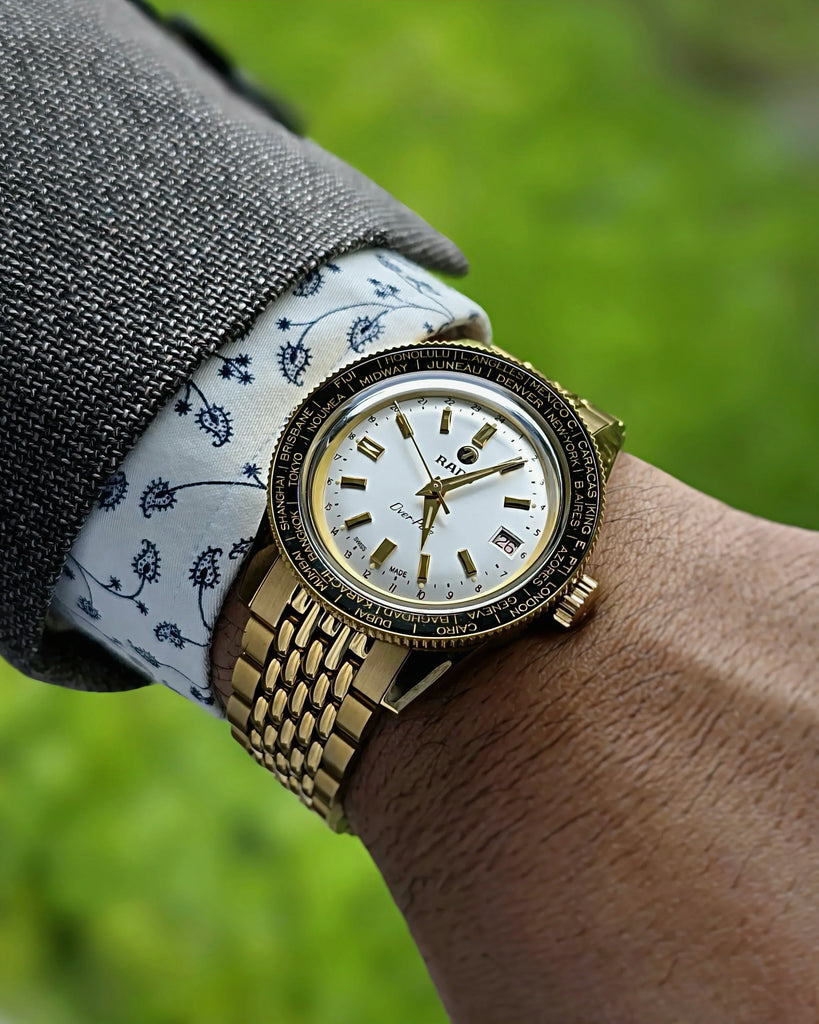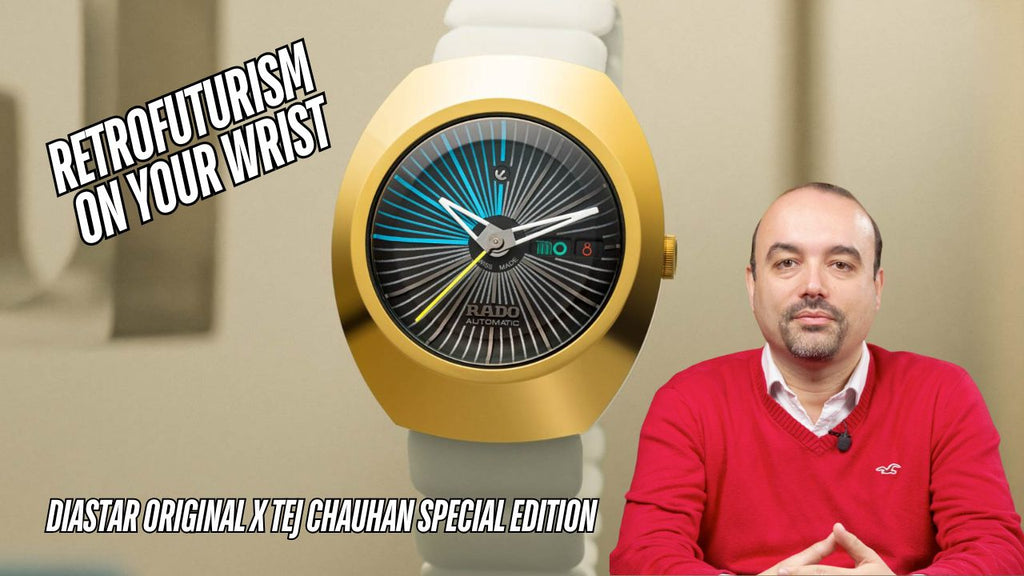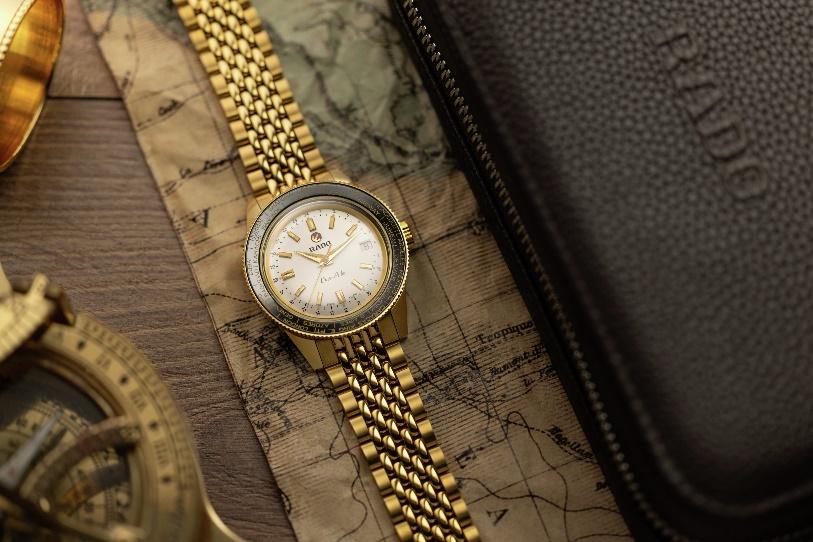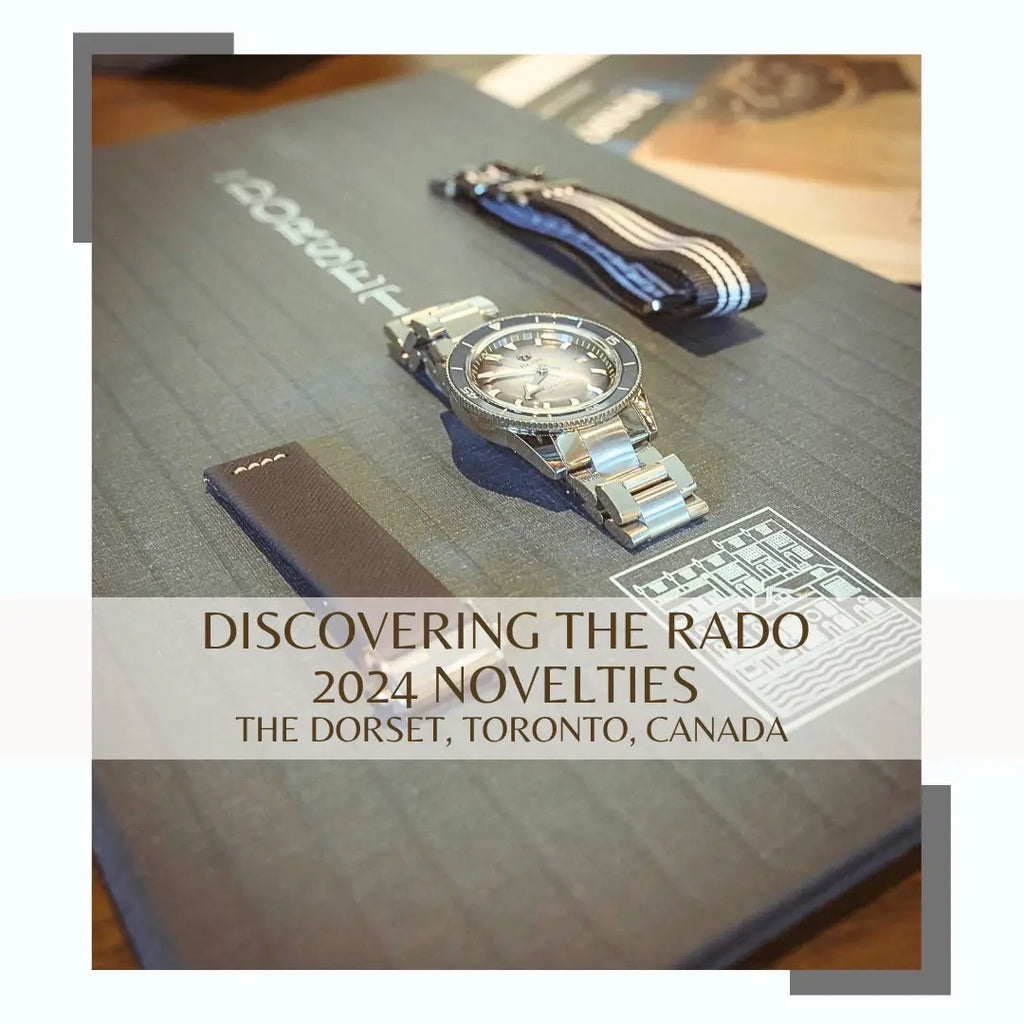Rado is a Swiss luxury watch brand renowned for its unique designs, high-quality materials, and innovative technology. Founded in 1917, the brand has been crafting exceptional timepieces for over a century and has gained worldwide recognition for its precision, durability, and bold style. With a strong focus on innovation, Rado has always embraced new materials and manufacturing techniques, such as using high-tech ceramics in its watches. The brand continues to push the boundaries of watchmaking, creating stunning pieces that appeal to those who appreciate exceptional craftsmanship and cutting-edge design.
Rado
RADO Official
Loading videos...
0/0
1917
Rado was founded.
1957
Rado launched its first collection of watches.
1962
Rado introduced its first scratch-resistant watch using tungsten carbide.
1986
Rado introduced its first ceramic watch, the Rado Integral.
1990
Rado released the Ceramica, its first watch made entirely of high-tech ceramic.
2004
Rado introduced the V10K, which holds the Guinness World Record as the world's hardest watch.
2011
Rado introduced the HyperChrome, featuring a high-tech ceramic case and a unique monobloc dial.
2013
Rado launched the True Thinline, the thinnest ceramic watch in the world.



